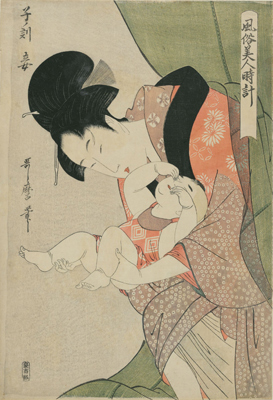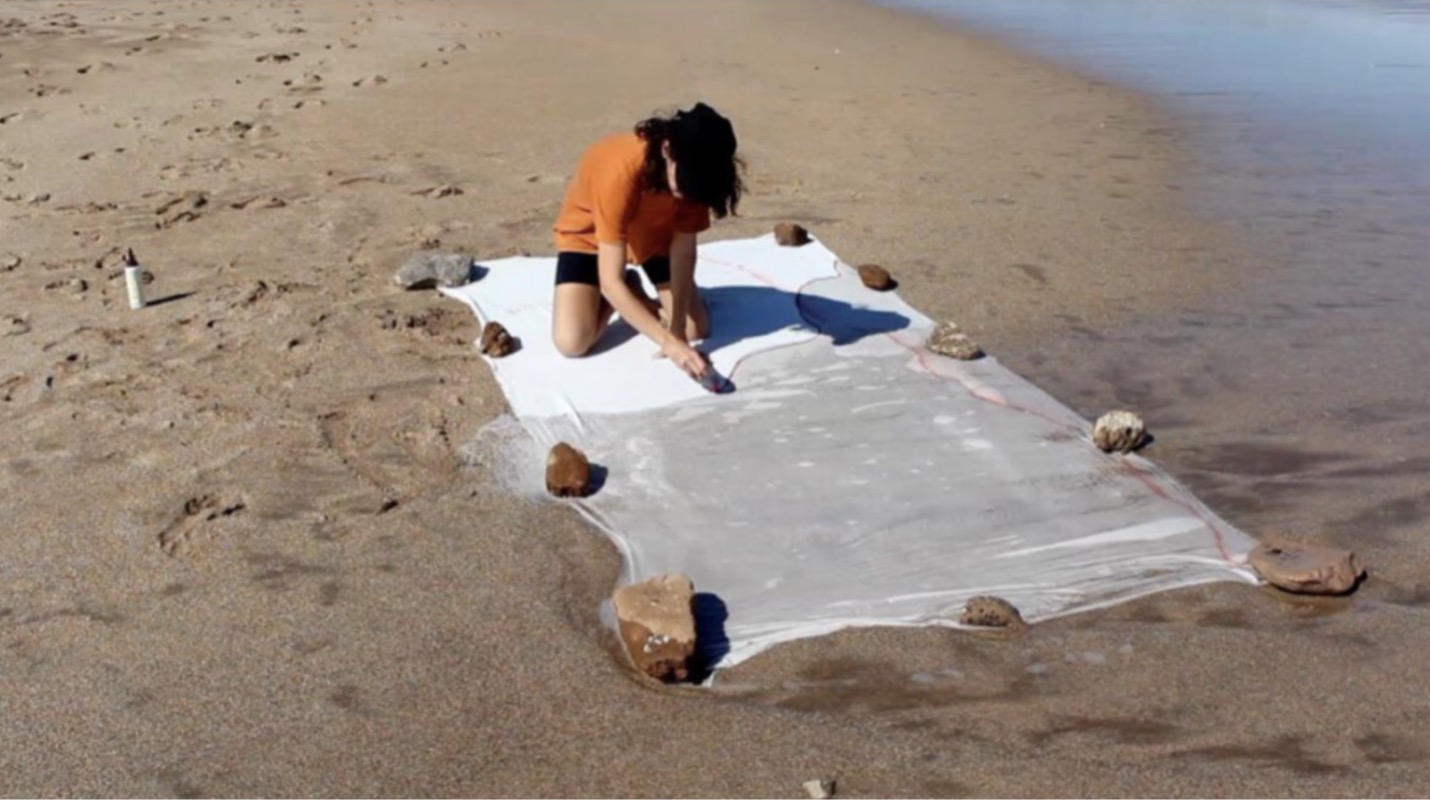“You must see the Japanese. Come as soon as you can,” urged Mary Cassatt to friend and impressionist painter Berthe Morisot in 1890. Cassatt was referring to an exhibition in Paris of Japanese prints, albums, and illustrated books. Her comment encapsulated the excitement many impressionist artists felt for Japanese ukiyo-e woodblock prints, which made their way to the West after Japan opened to more widespread international trade in 1854.
These Edo period (1615–1868) works were popular among the growing urban commoner class in Japan at the time. Less expensive than paintings and ready-made for a general public, a full-color print is said to have cost the same as an extra-large bowl of noodles.
In Western metropolises like Paris, the imported prints were sought after by the likes of Cassatt, Degas, and Monet. For these impressionist artists, the flat planes of color, expressive lines, and asymmetrical compositions of Japanese prints offered new alternatives to their own traditions.
“These works captured Western artists’ imagination; they were exotic,” said Quintana Heathman, the Harvard Art Museums’ curatorial fellow in Japanese art. “It also helped that they were fairly plentiful and easy to transport.” Heathman organized a new rotation of Japanese woodblock prints, selecting a handful of key works from among the approximately 5,000 in the museums’ collection.
Cross-Cultural Appeal
Designed by Japanese artists and printed by skilled artisans in a process overseen by professional publishers, the eight ukiyo-e prints in the temporary installation hang in the museums’ impressionism and the late 19th-century gallery, widening the international scope of a space that primarily displays European art.
The rotation “fits very neatly into the gallery, giving insight into the question of what the impressionists were looking at and collecting,’” said Elizabeth Rudy, the Carl A. Weyerhaeuser Associate Curator of Prints in the Division of European and American Art, who helped facilitate the installation.
Shared Interests, Borrowed Approaches
In selecting the works for the rotation, Heathman hoped that visitors would be able to make visual connections between the Japanese prints and impressionist art. Beautiful women and landscape images, which fascinated both Japanese printmakers and impressionists, are among the subjects featured here as well as in the surrounding paintings on permanent view. Cassatt’s domestic scene, Woman on a Striped Sofa with a Dog (1876), for instance, shares the same intimate feeling as Kitagawa Utamaro’s depiction of a woman caring for her baby in the middle of the night (c. 1798–99). And like Utagawa Hiroshige’s Night View of Saruwaka-machi (1856), Edvard Munch’s Rue de Rivoli (1891) offers a dramatic linear perspective of a crowded city street.
The final work in the rotation adds a new dimension to the cross-cultural exchange. As Japan became more active internationally, contemporary Japanese prints reflected this engagement. Adachi Ginkō’s Kosome (c. 1887), originally part of a series about “renowned women from ancient and modern times,” depicts a Japanese woman in a foreign port, dressed in Western clothing. According to the printed inscription, this woman, named Kosome, was blown off course while traveling and ended up in Hawaii in 1859. She eventually became a schoolteacher in the United States.
Powerful Prints
Like prints produced by artists of any culture and nearly any time, the ukiyo-e prints in the rotation are a testament to the skill and craftsmanship of their makers. “These are wonderful objects that straddle a line between mass media and fine art; they force us to reconsider our idea of fine art,” Heathman said. “They are products of the artist’s creativity, but also collaborative works. They are mass-produced by hand, but also unique objects. Each print has a life of its own.”





